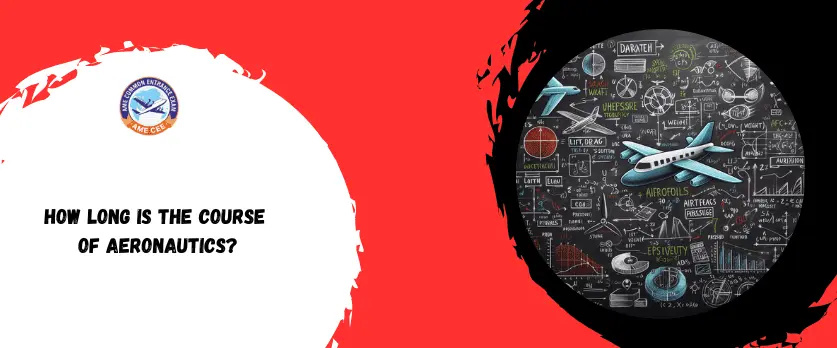The duration and structure of aeronautics engineering courses can vary depending on the level of education and the specific program or degree. Below is a general outline of a typical aeronautics course, categorized by different levels of education:
Diploma/Certificate Programs
Duration: Typically 6 months to 1 year.
Course Content:
Introduction to Aeronautics
Basic Aerodynamics
Aircraft Systems
Aviation Safety
Aircraft Maintenance Basics
Navigation and Communication
Bachelor’s Degree in Aeronautical Engineering
Duration: Typically 4 years.
Course Content:
Year 1-2:
Mathematics and Physics Foundations
Engineering Mechanics
Introduction to Aerospace Engineering
Thermodynamics
Fluid Mechanics
Year 3-4:
Aircraft Design
Aerodynamics
Propulsion Systems
Structural Analysis
– Avionics
– Flight Dynamics
– Aerospace Materials
– Final Year Project
Master’s Degree in Aeronautics/Aerospace Engineering
Duration: Typically 1-2 years (after completing a bachelor’s degree).
Course Content:
Advanced Aerodynamics
Aircraft Performance
Computational Fluid Dynamics
Aerospace Propulsion
Flight Control Systems
Aerospace Structures
Spacecraft Design
Research and Thesis
Ph.D. in Aeronautics/Aerospace Engineering
Duration: Typically 3-5 years (after completing a master’s degree).
Course Content:
Specialized Research Topics
Advanced Aerospace Technologies
Publications and Conferences
Dissertation Research
Comprehensive Exams
Teaching Assistantship (sometimes)
Dissertation Defense
Pilot Training Programs
Duration: Varies based on the type of pilot license.
Course Content:
Ground School (Navigation, Meteorology, Regulations)
Flight Training (Basic, Intermediate, Advanced)
Simulator Training
Emergency Procedures
Instrument Training
Checkrides and Examinations
To become an aeronautical engineer you may could join aeronautical engineering through AME COMMON ENTRANCE EXAM (AME CEE) this examination you may join Aeronautical Engineering approved by AICTE.


